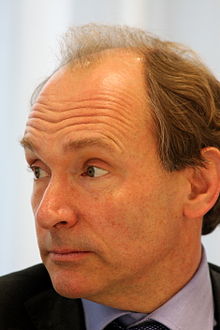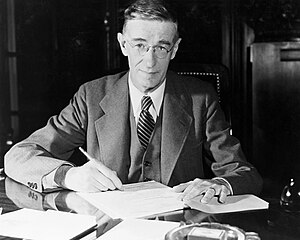Published: 2013-01-27 20:14:48
Sir Timothy John "Tim" Berners-Lee, OM, KBE, FRS, FREng, FRSA (born 8 June 1955),[1] also known as "TimBL", is a British computer scientist, MIT professor and the inventor of the World Wide Web. He made a proposal for an information management system in March 1989,[2] and on 25 December 1990, with the help of Robert Cailliau and a young student at CERN, he implemented the first successful communication between a Hypertext Transfer Protocol (HTTP) client and server via the Internet.[3]
The Web through my Lens
Tim created a great thing for all of us... And we'd like to share it with you...










